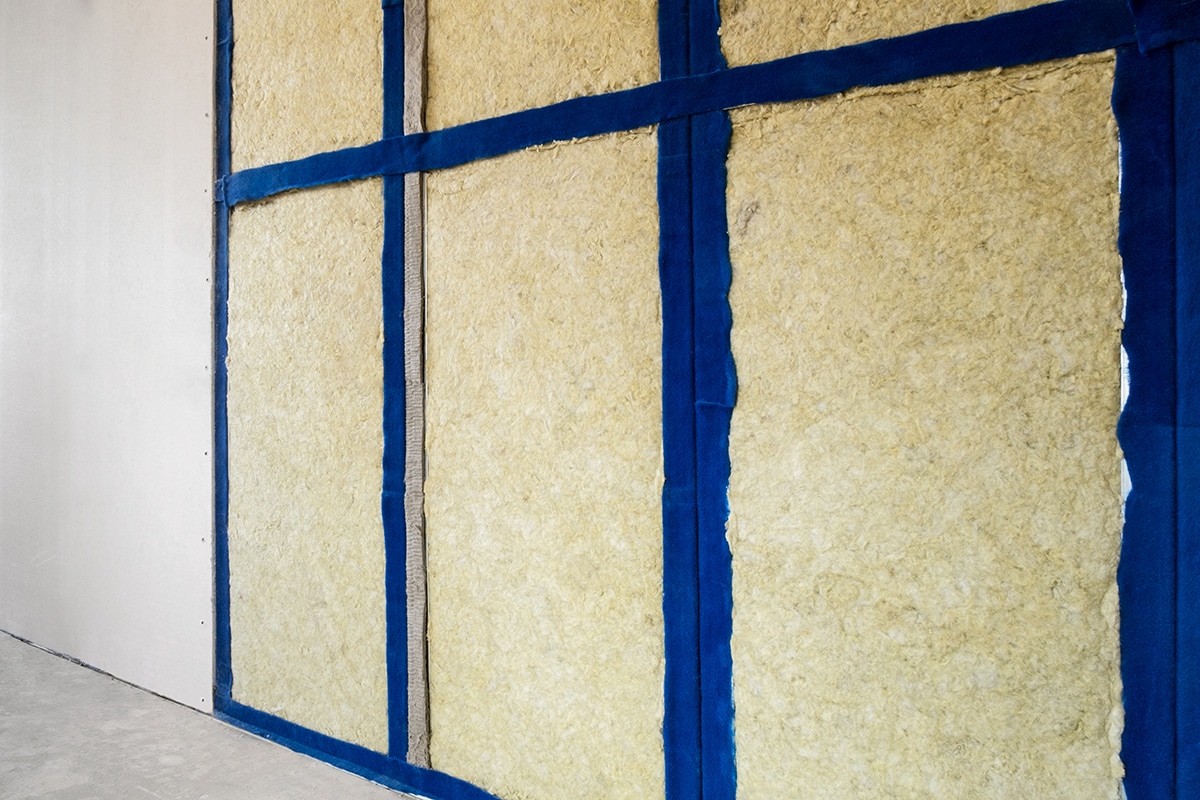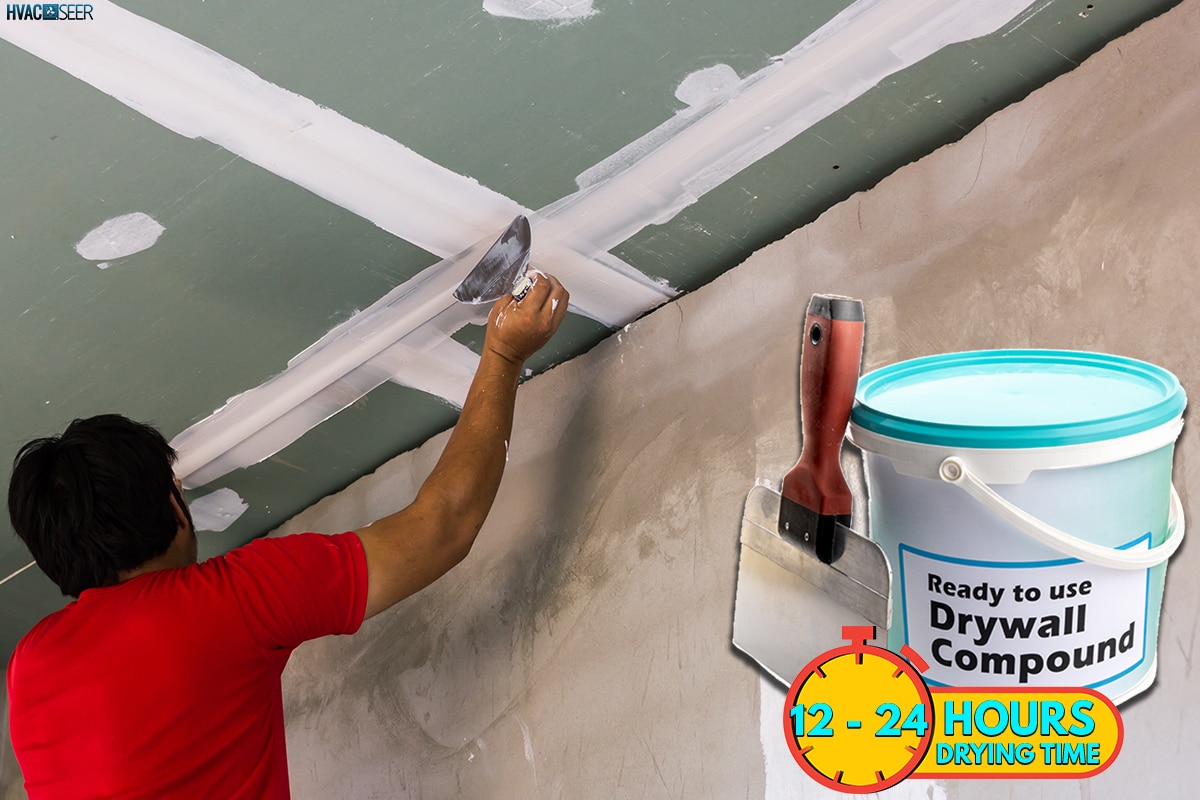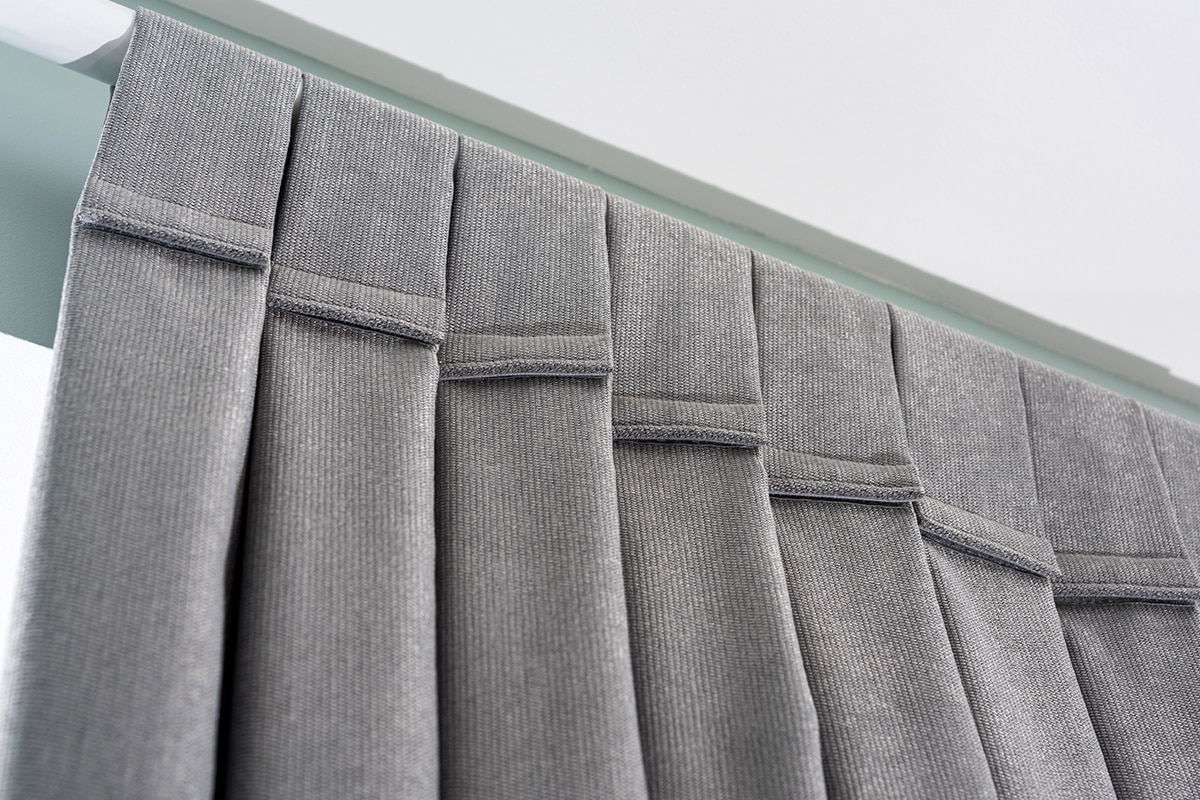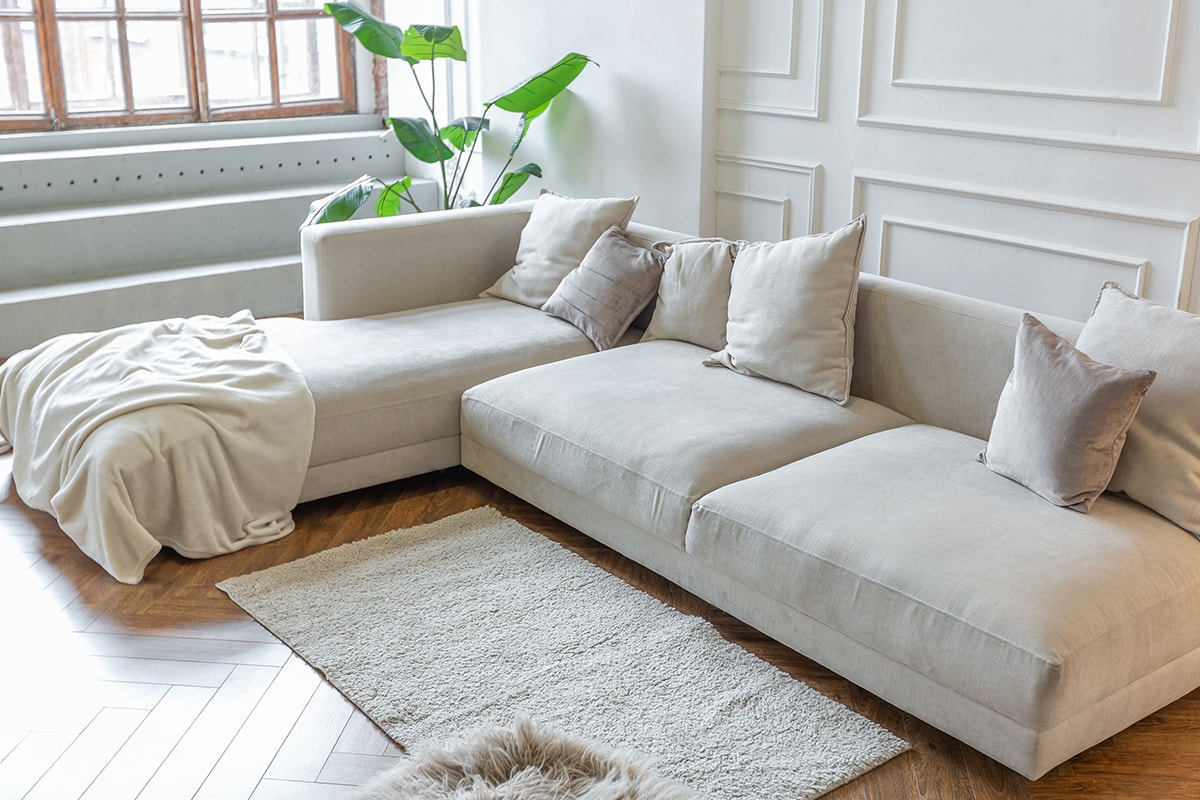The main purpose of insulation is to keep your home energy-efficient and insulated throughout the year, bt it also helps soundproof your space from annoying noise. Want to know how to soundproof your walls? Well, we did some research, and here’s what we found.
The following are the procedures for insulating interior walls for sounds:
- Find the source of the noise.
- Know the sound transmission class (STC) rating you wanted for your space.
- Give the existing interior walls more substance or fill the cavities.
- Add several sorts of mass.
- Decouple any soundproofing.
- Plug sound leaks.
- Install the gypsum board.
- Finish surfaces.
In this article, we’ll discuss each procedure mentioned above. Also, we’ll share with you some cheap soundproofing ideas. More information ahead so keep on reading.
How To Insulate Interior Walls For Sound?

There are times that noise is annoying. Although noise pollution occurs in various forms and is generally inevitable, it is wonderful to have some peace and quiet when you are at home. A reasonably simple solution that can enhance your quality of life is soundproofing your home.
Nowadays, soundproofing products are more efficient and less expensive than traditional wall soundproofing methods because of the developments in the soundproofing business.
A wall can have soundproofing materials added to it while it is being built or later after it has already been built. You can soundproof a wall in a variety of ways. And so below are just some of the ways to soundproof your interior walls.
1. Find The Source Of The Noise
It's critical to understand the room's layout and identify the source of any distracting noise before beginning any soundproofing. There are many different sorts of sounds, including airborne and impact noise, which are the main reasons why people soundproof their homes and places of business.
Impact noise, also known as structure-borne noise, can pass through windows, walls, and doors at low frequencies, in contrast to airborne noise, which has a middle to high frequency and moves through the air.
2. Know The STC Rating You Wanted For Your Space
Products for soundproofing frequently have an STC rating. A product's STC rating indicates how many decibels of sound reduction it offers. The higher the rating, the better.
For multi-family structures, the International Building Code stipulates an STC of 50. The majority consider this grade to be the point at which their property is sufficiently soundproofed from outside noises.
STC 50 ensures that neither loud noises nor your neighbors' conversations may be overheard through the walls. In contrast, a normal conversation may be heard with an STC rating of 30.
At the high end of the STC scale, 60 or above is regarded as excellent soundproofing. Even loud speech becomes inaudible at STC 60.
3. Give The Existing Interior Walls More Substance Or Fill The Cavities
One of the important components of soundproofing is to add mass to the wall. This is the secret to reducing airborne noise, including TV noise and voices. Due to this, most acoustic soundproofing panels are constructed using acoustic plasterboard rather than regular plasterboard.
Acoustic plasterboard has a denser core than regular plasterboard, which gives a wall greater mass and makes it more difficult for sound to pass through. Moreover, higher frequencies benefit from adding mass to an existing wall.
It's crucial to insulate the cavity first if the existing wall you want to soundproof is a stud wall rather than a solid brick wall.
In order to stop sound from echoing and amplifying in the emptiness, it is advised to remove the plasterboard from one side of the existing wall and fill the exposed frame with acoustic mineral wool. This absorbs any sound that enters the space.
4. Add Different Kinds of Soundproofing
It is more beneficial to add different types of mass to an existing wall than more of the same mass to a wall in order to prevent airborne noise.
Just simply adding more of the same material results in declining benefits for each successive layer. This is because certain materials block various kinds of sound waves. Below are some of the materials you may use that are effective in blocking the noise:
Mass-Loaded Vinyl (MLV)
It is a flexible material that is available around 4’ wide rolls and is designed specifically for noise suppression. It is usually installed on floors or hung on walls to absorb sound. You may significantly lessen sound transmission through walls by placing it in between layers of drywall.
Click here to see this mass-loaded vinyl on Amazon.
The price of a 15’ long roll of ⅛” thick MLV ranges from $80 to $110. Given its weight, expect to pay an additional for shipping if you purchase it online.
Acoustic Panels
Before sound waves can ricochet off of walls and ceilings, acoustic panels absorb them. They serve to lessen sound transmission through walls and are designed to enhance the sound in a space, such as a home theater.
Click here to see these acoustic panels on Amazon.
Panels are available in a range of dimensions and densities and are made of porous expanded polypropylene (PEPP). The majority of household items are covered in fabrics that come in a wide range of colors.
Some manufacturers provide custom-printed materials that transform your soundproof panel into a work of wall art. Simply send them a digital photo, and the manufacturer will replicate it on your panel. Panels fasten using clips or Velcro, and installation is a simple do-it-yourself project. A typical 2’ by 2’ panel costs $25 to $30.
Tecsound
It is a highly effective, versatile, and user-friendly acoustic membrane for all your soundproofing needs. It is a component of many of our acoustic systems and is appropriate for use in concrete and wood structures, with a concentration on muting vibration in metal structures.
5. Decouple Any Soundproofing
Decoupling any soundproofing from the original structure is the best technique to prevent sound vibrations from going through an existing wall since sound vibrations are more easily transmitted across two surfaces that are in contact.
It is like using simple telephone toys for kids where two cans are tied with a long string. Given that sound waves flow via the string and that the first person's vibrations can cause waves to move further down the string, and so the second person can hear what the first person is saying.
If the string is cut, there is no longer a path for sound waves to flow from one can to another, and this is what decoupling means, putting an end to vibrations.
To accomplish this decoupling technique, it's advisable to use the clip and bar soundproofing such as the leading ReductoClip system on the market.
Click here to see these soundproofing clips on Amazon.
You can install the clips directly on an existing brick wall or, for improved performance, you can fasten it to a separate stud frame that is constructed around 0.5” in front of the existing wall.
This improves the soundproofing's effectiveness by creating an air space between the problematic wall and the soundproofing, which makes it more difficult for sound to get through, thus lessening the passage of sound vibration energy.
Usually, this independent system, which offers the highest amount of soundproofing, is also utilized in music studios to reduce excessive noise levels in residential settings.
Below is a YouTube video that illustrates the efficiency of soundproofing clips, particularly the ReductoClip type.
6. Plug Sound Leaks
Like water, sound enters via gaps and crevices in your structure. Use acoustical caulk to seal any gaps and holes to stop sound from escaping around receptacle boxes, switch boxes, ceiling fixtures, door casing, etc.
Click here to see these acoustical caulk tubes on Amazon.
7. Install The Gypsum Board
Put this material on top of your soundproofing layers to complete the wall to cover the entire insulation. Preferably the acoustic gypsum board which is recommended for any application requiring improved soundproofing and sound control. Ideal for any interior walls.
Acoustic drywall is used for wall assemblies and areas that need to function at a high STC level, whether to noise-proof an interior space or shield it from outside noise.
8. Finish Surfaces
You must fill in cracks and mend holes in the corner of your installed gypsum board. You may, for instance, use the all-purpose ready mix joint compound for a simpler and cleaner finishing surface. After initial drying, the second layer of joint compound is needed.
Click here to see this ready-to-use joint compound on Amazon.

Also, keep in mind that the drying time might change from 12 to 24 hours depending on the weather and humidity. Finally, you can begin painting your gypsum board.
How Do I Soundproof A Wall Cheaply?
Even less costly methods of soundproofing a wall can still create results. Commonly, this means adding sound-dampening materials to your space like these:
Curtains

Hanging thick, velvety curtains are not only an aesthetic barrier against curious neighbors, but they also serve as sound dampeners. It helps muffle background noise that floats through the interior of the room and so assists in reducing unpleasant noise from the outside.
Click here to see this soundproof curtain on Amazon.
Area Rugs Or Carpet

Another approach to improve sound masking is putting thick area rugs or carpets in your primary living spaces in an apartment to muffle noise coming from lower neighbors.
Upholstered Furniture

The addition of upholstered furniture expands the area where sound can absorb and reduces the amount of sound bouncing in the room. Try covering your existing spaces with thick blankets or soft throw pillows if you don't have a place for additional furniture.
Conclusion
Think of soundproofing like a layered cake. You need to place the proper quantity and materials in the right order to achieve the desired results. We hope this article has given sound guidance toward your endeavors.
Before you go, check out some interesting topics we have below.






